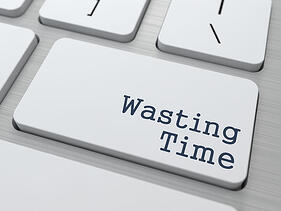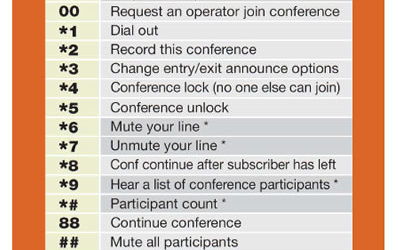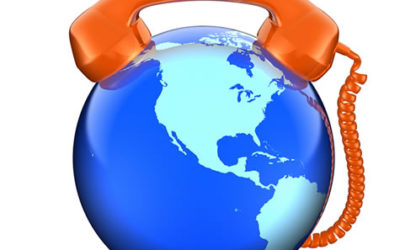The following is a guest post by Erik J. Fisher of Beyond the To-Do List: Meetings in general get a bad rap. Be honest: If you have ability to go to a meeting or not go to a meeting, which one do you tend to choose?
Let’s face it. One of the worst things that can happen to you in a workplace scenario is to feel like you’re wasting your time. Worse is to feel like your time is being wasted. When the pressure to perform is on, it can feel like you are being set up to fail due to spending more time in meetings, and worse, meetings that don’t seem to accomplish anything but keep you from working.
Meetings don’t just have to feel like involuntary breaks away from your desk where you listen to other people talk as a distraction to you getting your actual work done. Yes, actual work can happen in meetings. Actual work SHOULD happen in meetings, or there is no reason to have a meeting.
Instead of joining in on the fun that can be had making fun of bad meetings, lets focus on how to have goals for your meetings so you can ensure that when you have to meet, you have great meetings.
The four most important ingredients to make any meeting more productive are:
- Purpose – Why we are meeting
- Time – When are we meeting, and for how long
- Agenda – What is covered or discussed, in what order
- Takeaways – Was the information given understood? What are the next steps?
Purpose:
The purpose of the any meeting is to communicate something. It may be one directional, or bi-directional, or a group discussion. Knowing the purpose and stating it prior to the meeting will help everyone get on the same page entering in, and on task while doing the business of the meeting.
Time:
Productive meetings have a set start time and end time. Hosts should stick to both. By doing so they demonstrate they value participants’ time, and are intent not to waste it. Open ended or poorly managed meetings encourage rambling, off-topic and useless conversation. When not properly managed, they lead to either extending the meeting longer or ending before key decisions can be made. On the other hand, the leader who starts and ends on time (or earlier) tends to get the most done by those who appreciate knowing, their time isn’t being wasted. As we’ll discuss next, having an agenda also helps to keep meetings running on time.
Agenda:
All meetings must have an agenda. Even if you have a purpose for meeting, that won’t ensure you address the purpose properly if you don’t have a way to move through all the items that need to be discussed. Without an agenda, meetings can easily turn into aimless social gatherings rather than productive working sessions. Taking it one step further, time-based agenda items can really help the leader focus on keeping things on point and moving along.
Takeaways:
Meetings should have not only an end time, but an end goal. Attendees should walk away with concrete action Items or next steps. If the meeting was a one on one, was the issue resolved? Was it a sit down group conversation? Did we talk enough about the issue as a group? A purely information meeting? Did you get or give the right information, and was it understood?
The next time you are attending a meeting, go over this checklist to see how well the meeting coordinator did in implementing these components. Make sure you implement these common sense, must have ingredients before you plan your next meeting.
What are some tips or advice you have for more productive meetings?





0 Comments